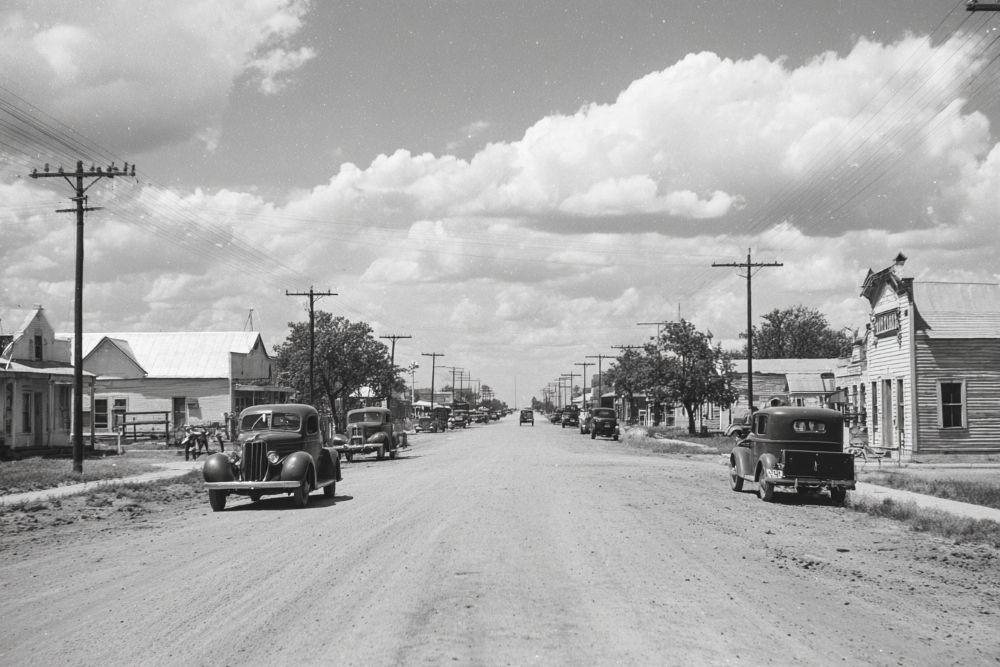
Lipscomb County occupies the northeast corner of the Panhandle. and is bounded on two sides by the State of Oklahoma. In earlier years what was known as No Man's Land of Indian Territory lay on the north, and the Cherokee strip of Indian Territory on the east. Until about 1890 no white settlements were permitted in these adjoining sections, and that was a fact which seriously impeded the settlement not only of Lipscomb County, but of other sections of the Panhandle. It was the building of the Southern Kansas Railroad across that section of Oklahoma and into the Panhandle in 1887 that more than anything else influenced immigration and settlement. Beginning with the railroad era, Lipscomb County advanced from a population of only 69 in 1880 to 632 in 1890, and in 1887 county government was organized. The population of the county in 1900 was 790, in 1910. 2,634, in 1920, 3,634. The assessed wealth of the county in 1903 was $1,223,525, in 1913, $3,616,250, in 1920, $4,983,150. The county seat town is Lipscomb, near the center of the county and on Wolf Creek, which, with its tributaries, breaks the surface into numerous valleys and has furnished water for stock purposes since the range was first occupied by cattlemen. Another small settlement in the northwest part of the county is Kiowa, but the chief town is Higgins, in the southeast corner, on the line of the Santa Fe Railroad.
Lipscomb County has for a number of years held a high rank among Panhandle counties for its live stock and agriculture. The creek valleys have been utilized for the production of varied crops, and the settlers have raised considerable fruit for a number of years. There has as yet been little development of irrigation, though the natural conditions offer much encouragement for such enterprises. The total area of the county is 568,320 acres, of which 423,250 acres were farms in 1910. The number of farms increased from 117 in 1900 to 375 in 1910, and the same time the amount of "improved land" increased from about 11,000 acres to about 109,000 acres. The enumeration reported 26,804 cattle ; about 3,150 horses and mules ; 2,659 hogs, and 13,887 poultry ; and in 1920, 64.527 cattle and 4,306 horses and mules.
In 1909, 10,071 acres were planted in hay and forage crops, including about 900 acres in alfalfa, 8,810 acres in corn, 7,473 acres in kaffir corn and milo maize, 3,884 acres in wheat, and a small acreage in oats. The number of orchard fruit trees enumerated were 4,500. - History of Texas, 1922, by W. Barrett Travis.
36° 14' 0.132" N, 100° 16' 15.492" W
See map: Google Maps, Yahoo! Maps, MapQuest





























